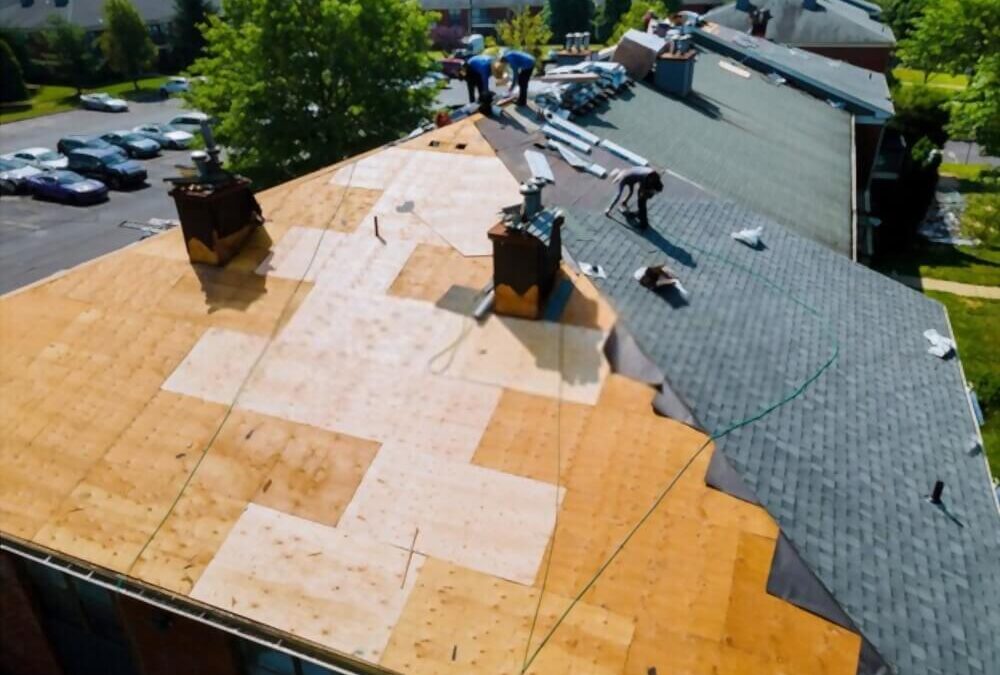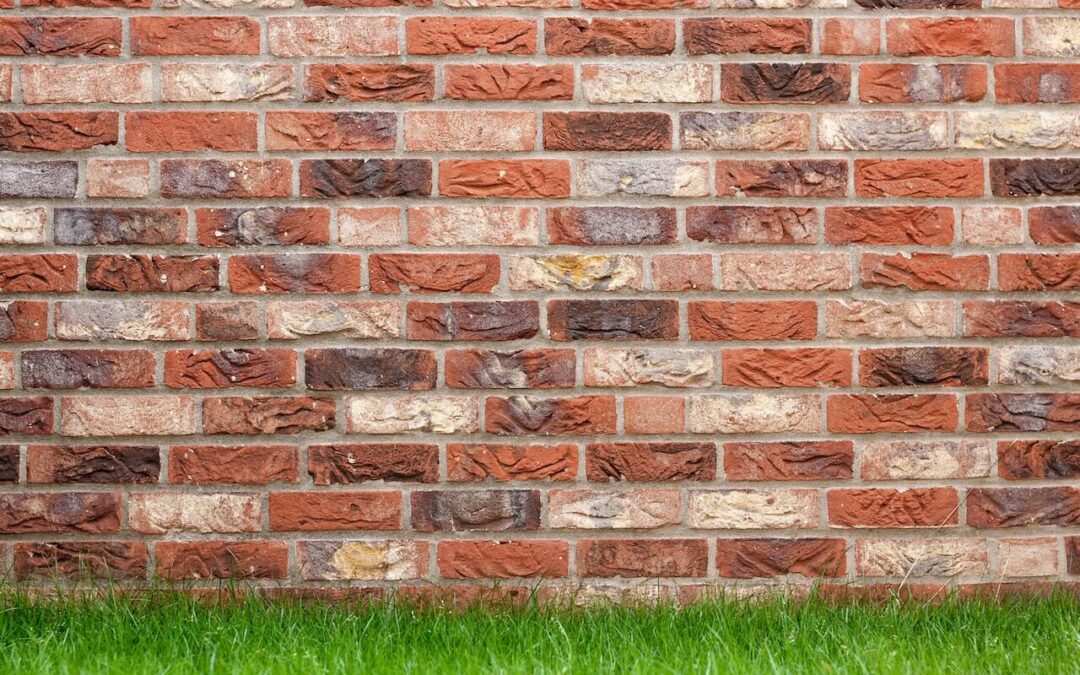Sustainable Building: How General Contractors Can Help Save the Planet
Sustainable building practices have become increasingly important in recent years as we continue to face the global climate crisis. With the construction industry being a major contributor to carbon emissions and other environmental impacts, it is crucial that we shift towards more sustainable building practices to help protect the planet for future generations.
In this article, we will explore the importance of sustainable building practices and how general contractors can play a key role in promoting and implementing them. We will cover the benefits of sustainable building materials, water conservation and efficiency, waste reduction, and management, green certification and ratings, and more. By the end of this article, you will have a better understanding of how sustainable building practices can help save the planet and how general contractors can contribute to this important cause.
The Importance of Sustainable Building Practices
Traditional building practices have had a significant impact on the environment, contributing to carbon emissions, resource depletion, and waste accumulation. The construction industry is responsible for approximately 11% of global carbon emissions, according to the World Green Building Council. This is largely due to the use of non-renewable energy sources, such as fossil fuels, during the construction process and throughout the lifetime of the building.
Sustainable building practices, on the other hand, can help to reduce energy consumption, conserve resources, and minimize waste. By using renewable energy sources, such as solar or wind power, and energy-efficient appliances, buildings can significantly reduce their carbon footprint. Building designs that maximize natural light and ventilation can also help reduce energy consumption and improve indoor air quality.
Additionally, sustainable building practices can help to conserve resources by using recycled materials and minimizing waste. For example, using reclaimed wood for flooring or furniture can reduce the need for new materials and reduce waste in landfills.
Examples of sustainable building practices include using insulation made from recycled materials, installing low-flow faucets and toilets to reduce water consumption, and incorporating green roofs or walls to improve air quality and provide insulation.
Green Certification and Ratings
Green certification and ratings systems, such as LEED certification, are important in promoting sustainable building practices. These systems provide guidelines and standards for sustainable building design, construction, and operation, and can help to ensure that buildings are environmentally responsible and energy-efficient.
LEED certification is one of the most widely recognized sustainability ratings systems, and buildings that achieve certification are recognized for their commitment to sustainability. Other sustainability ratings systems include the Living Building Challenge and the WELL Building Standard, which focus on environmental and human health factors, respectively.
To achieve green certification and ratings, general contractors can work with sustainable suppliers and subcontractors and use eco-friendly building materials. They can also implement sustainable building practices throughout the construction process and work closely with architects and designers to ensure that the building design maximizes energy efficiency and environmental sustainability.

Sustainable Building Materials
Using sustainable building materials is essential in reducing the environmental impact of construction. Sustainable materials are those that are renewable, recyclable, and locally sourced. By using these materials, builders can reduce the carbon footprint of their projects while also promoting environmental responsibility.
Using renewable materials, such as bamboo, is one example of sustainable building practices. Bamboo grows quickly and is a highly renewable resource that can be used for flooring, furniture, and even structural elements of a building. Reclaimed wood is another sustainable option that reduces the need for new materials and helps to prevent waste in landfills.
In addition to renewable and reclaimed materials, using low-emission insulation, such as cellulose or recycled denim, can reduce energy consumption and improve indoor air quality.
Water Conservation and Efficiency
Water conservation and efficiency are critical components of sustainable building practices. Buildings account for approximately 12% of water consumption in the United States, according to the Environmental Protection Agency. By implementing water-saving measures, such as using low-flow fixtures and installing rainwater harvesting systems, builders can significantly reduce water consumption and promote sustainability.
Low-flow fixtures, such as faucets and toilets, use less water without sacrificing performance. Rainwater harvesting systems collect rainwater from the roof and store it for use in landscaping or non-potable uses, such as flushing toilets. Drought-resistant landscaping, which uses plants that require less water, is another way to reduce water consumption and promote sustainability.
During construction, builders can reduce water consumption by using efficient irrigation systems and by reusing water when possible. In the finished building, they can also install water-efficient appliances and fixtures to further reduce water consumption.
Waste Reduction and Management
Waste reduction and management are crucial elements of sustainable building practices. According to the Environmental Protection Agency, construction and demolition waste accounts for approximately 40% of the total solid waste generated in the United States. By reducing construction waste and diverting waste from landfills, builders can significantly reduce their environmental impact and promote sustainability.
One way to reduce waste during construction is to reuse materials whenever possible. For example, wood from demolished buildings can be reclaimed and used for flooring or furniture in new buildings. Implementing a construction waste management plan, which includes recycling and donating materials, can also help reduce waste and promote sustainability.
Diverting waste from landfills has several benefits, including reducing greenhouse gas emissions and preserving natural resources. Recyclable materials, such as metals and plastics, can be reused to create new products, while organic waste can be composted to create nutrient-rich soil for landscaping.
Conclusion
Sustainable building practices are essential for protecting the planet and promoting environmental responsibility. General contractors have an important role to play in implementing these practices and reducing their environmental impact.
By using sustainable building materials, promoting water conservation and efficiency, reducing waste, and implementing green certification and ratings, builders can significantly reduce their environmental impact and promote sustainability.
In conclusion, general contractors like White Marble Construction Inc can make a significant difference in promoting sustainable building practices. By implementing these practices, they can not only reduce their environmental impact but also help to protect the planet for future generations.





Add Comment